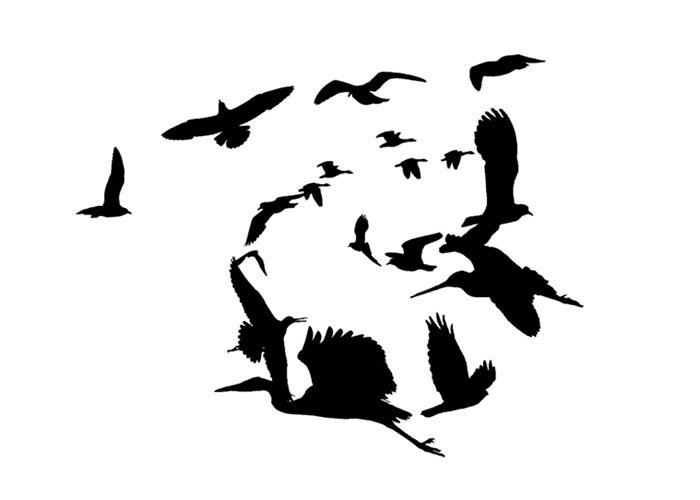Subjective mapping of Colombia
Spring 2013 — Autumn 2015
Initiated by Subjective Editions this atlas came into being during workshops at Universidad de los Andes and at the art space La Usurpadora in Barranquilla in addition to individual contributions of artists in Colombia.
The people of Colombia are its best possible cartographers; it’s the inhabitants who have the personal understanding and experiences of the place they live in. Their personal points of view reveal insights into what it means to live in Colombia today and what global developments mean on a local level. This is where “geo-poetry” starts to be written and how this atlas came into being. The editors of this atlas, Hugo Herrera Tobón, Moniek Driesse and Annelys de Vet, aimed to capture a picture of contemporary Colombian society from the inside.
Timeline and process of the Subjective Atlas of Colombia, by Hugo Herrera Tobón
Subjective Editions asked more than sixty artists, designers and other keen observers in Colombia to bring their country into perspective. They worked with diverse groups of individuals during workshops in both Bogotá and Puerto Colombia. Together, they researched current notions around Colombia’s identity drawn from personal memories, impulses and dreams: “We discussed what kind of visual symbols should be adopted and we found a common ground that helped us identify key local discussions around the concepts of self-exoticization and post-colonialism.”
Workshop Atlas Subjectivo de Colombia by Hugo Herrera Tobón and Moniek Driesse at Departamento de Arte de la Universidad de los Andes (Lucas Ospina, Nathalya Rodríguez Virgüez, Yennifer González Gacheta) Bogotá, August 2014
During several workshops they explored how the participants connected emotionally with their domestic environment and with public space, and how forces of globalization reshaped their perceptions of Colombia’s vernacular heritage. The works in this atlas are an attempt to capture some of the essence and soul of places inhabited and appropriated by Colombians. Looking at all the works together, they form an unwitting autobiography of the tastes, values, aspirations and fears of Colombia today. They reveal how Colombian cultural identity finds itself at a crossroads, pivoting between the desire for sociopolitical engagement and poetic escape.
Workshop by Hugo Herrera Tobón and Moniek Driesse at La Usurpadora Espacio de Arte Independiente (María Isabel Rueda & Mario Llanosat), Barranquilla, Summer 2014
The Subjective Atlas of Colombia grasps these processes of change and offers the viewer the possibility of decoding reality. As such, this publication can be seen as a form of contemporary historical memory; tracing what gets erased and what comes to replace it.
Atlas subjetivo de Colombia, exhibition showing the diverse content of the atlas, curated by Hugo Herrera Tobón. Chamber of Commerce, Bogotá, February–March 2015
The many contributions to this document touch the fabric of society in different ways, shifting our perceptions so that we get clear glimpses of the foundations beneath. In this way, this book can be used as a collective tool that unsettles and challenges social, political, cultural and economic ideas and prejudices. It has become a catalog of fresh ideas and opportunities, demonstrating how creative practitioners are critical to opening up new ways of seeing and thinking. It’s this talent and openmindedness that can uncover and forge new ways to resolve conflict or create change, which can lead to a more conscious and peaceful society.
29th International Book Fair of Bogotá, FilBo (CO) with the Subjective Atlas of Colombia in the Dutch Pavilion. Annelys Devet and Hugo Herrera Tobón presented the atlas at the fair and in different academic and professional institutions of Bogotá, like Fundación Universitaria del Area Andina, Sociedad Colombiana de Arquitectos and Universidad Jorge Tadeo Lozano. Bogotá, 2016

































